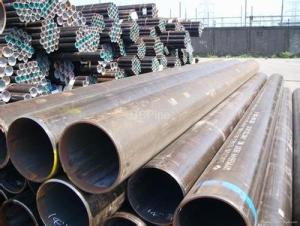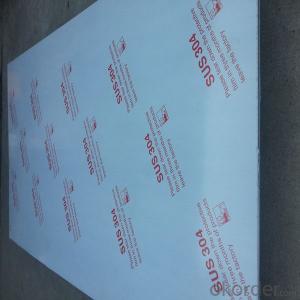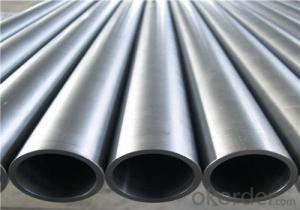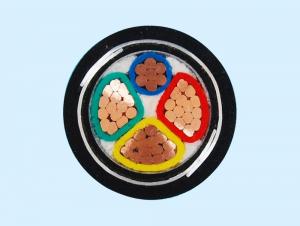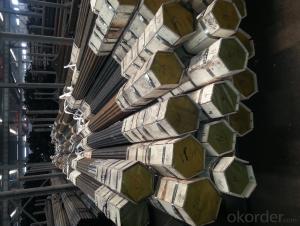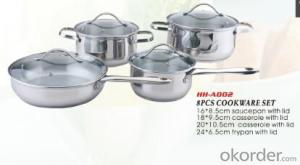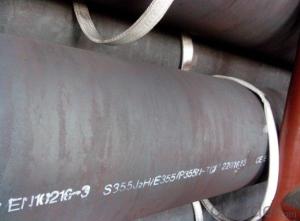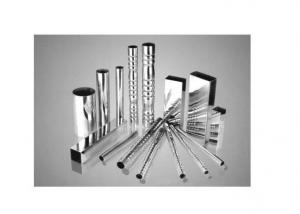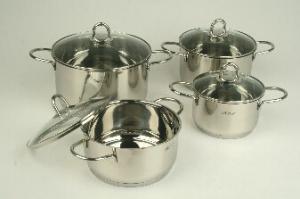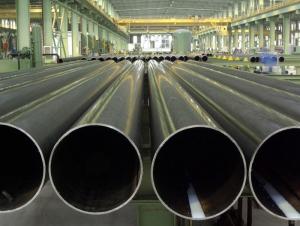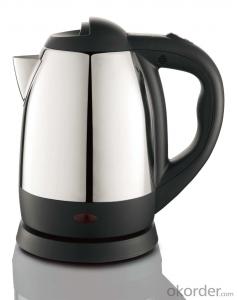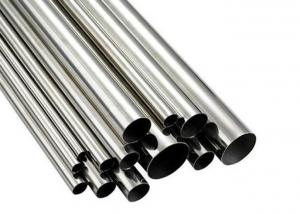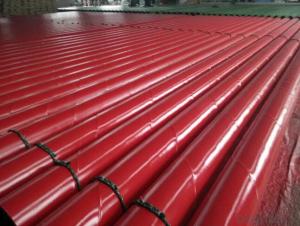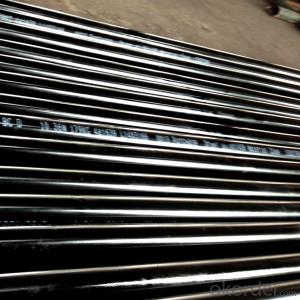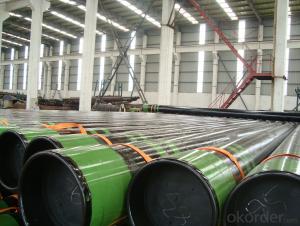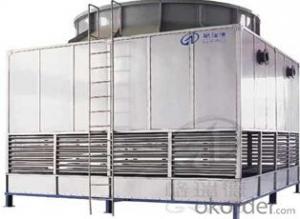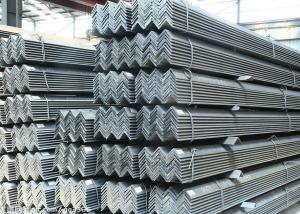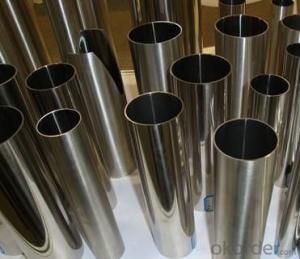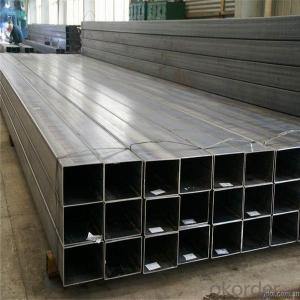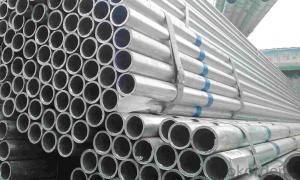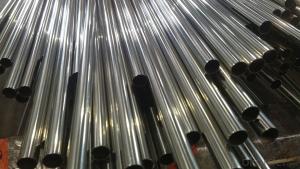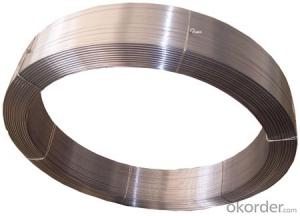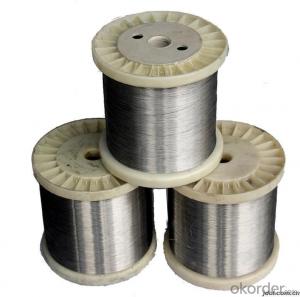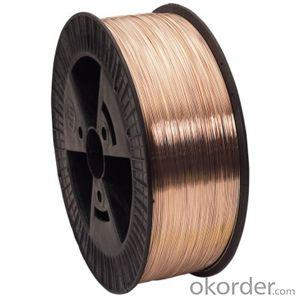1 2 Inch Stainless Steel Tubing
1 2 Inch Stainless Steel Tubing Related Searches
1 2 Stainless Steel Tubing 1 Inch Stainless Steel Tubing 1in Stainless Steel Tubing 1 2 Stainless Steel Pipe 2 Stainless Steel Tubing 1 Stainless Steel Tubing 1 1 2 Stainless Steel Pipe 2 Inch Stainless Steel Pipe Stainless Steel 1/2 Tubing 1/2 Stainless Steel Tubing 1 4 Stainless Steel Tubing 1 Inch Stainless Steel Pipe 2 Stainless Steel Pipe 1 2 Stainless Steel Rod 2 1 2 Cast Iron Pipe 1 Stainless Steel Pipe Seamless Stainless Steel Tubing Stainless Steel Tubeing Stainless Steel Coil Tubing Stainless Steel Tubs 1/4 Stainless Steel Tubing 3 4 Stainless Steel Tubing Stainless Steel Tub Bending Stainless Steel Tubing Stainless Steel Tubing Sizes Stainless Steel Tubes Stainless Steel Tubing Supplier Flexible Stainless Steel Tubing 3/4 Stainless Steel Tubing 3/8 In Stainless Steel Tubing1 2 Inch Stainless Steel Tubing Supplier & Manufacturer from China
1/2 Inch Stainless Steel Tubing is a versatile product that is widely used in various industries due to its durability, corrosion resistance, and high strength. This type of tubing is made from high-quality stainless steel, ensuring that it can withstand harsh environments and maintain its performance over time.The 1/2 Inch Stainless Steel Tubing is commonly used in applications such as plumbing, automotive, aerospace, and food processing. Its ability to resist corrosion and maintain its structural integrity makes it an ideal choice for transporting fluids, gases, and other materials in these industries. Additionally, its smooth interior surface reduces friction, allowing for efficient flow and minimizing the risk of contamination.
Okorder.com is a leading wholesale supplier of 1/2 Inch Stainless Steel Tubing, offering a vast inventory to cater to the needs of various industries. With their extensive range of products, customers can find the exact specifications and dimensions they require for their projects. By partnering with Okorder.com, businesses can benefit from competitive prices, fast shipping, and exceptional customer service, ensuring that their needs are met efficiently and effectively.
Hot Products
